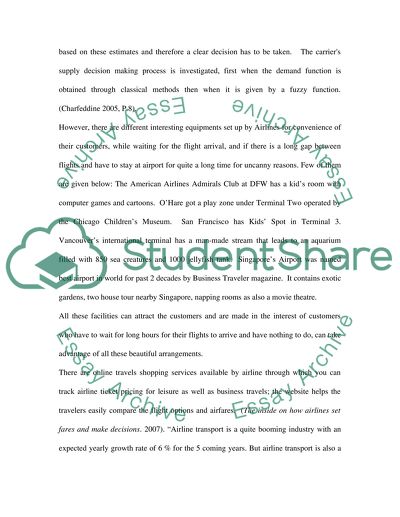Cite this document
(“International Business Decision Making Essay Example | Topics and Well Written Essays - 2000 words”, n.d.)
International Business Decision Making Essay Example | Topics and Well Written Essays - 2000 words. Retrieved from https://studentshare.org/miscellaneous/1518533-international-business-decision-making
International Business Decision Making Essay Example | Topics and Well Written Essays - 2000 words. Retrieved from https://studentshare.org/miscellaneous/1518533-international-business-decision-making
(International Business Decision Making Essay Example | Topics and Well Written Essays - 2000 Words)
International Business Decision Making Essay Example | Topics and Well Written Essays - 2000 Words. https://studentshare.org/miscellaneous/1518533-international-business-decision-making.
International Business Decision Making Essay Example | Topics and Well Written Essays - 2000 Words. https://studentshare.org/miscellaneous/1518533-international-business-decision-making.
“International Business Decision Making Essay Example | Topics and Well Written Essays - 2000 Words”, n.d. https://studentshare.org/miscellaneous/1518533-international-business-decision-making.


